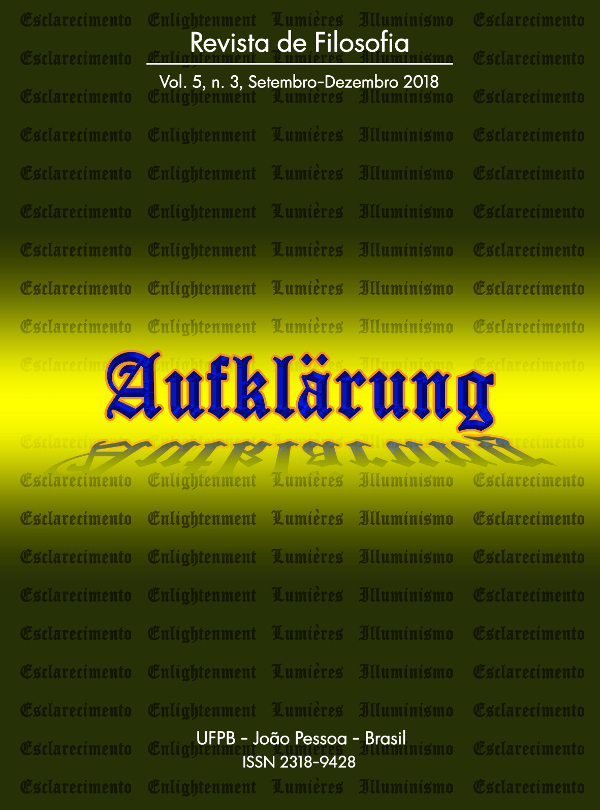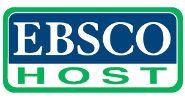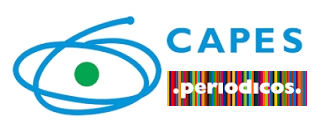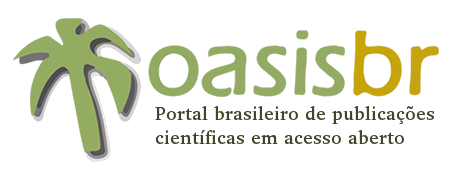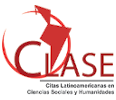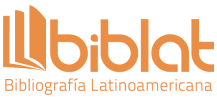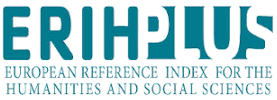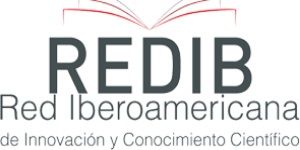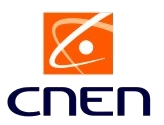O internalismo semântico de Chomsky e suas críticas à semântica extensional
DOI:
https://doi.org/10.18012/arf.2016.40774Palavras-chave:
Internalismo semântico, pragmática, Filosofia da Linguagem, Filosofia da Linguística.Resumo
Neste artigo proponho uma discussão sobre as críticas de Noam Chomsky à semântica extensional e como o internalismo chomskiano está estreitamente relacionado ao programa de investigação gerativista. O argumento central aqui apresentado é que o que faz essa interpretação extremamente coerente é a distinção de Chomsky entre uma semântica internalista e pragmática.
Downloads
Referências
BORG, E., Minimal Semantics. Oxford: Oxford UP, 2004.
BOECKX, C., Linguistic Minimalism. Oxford: Oxford UP, 2006.
CHOMSKY, N., Aspects of the Theory of Syntax._Cambridge: M.I.T, 1965.
________. Essays on Form and Interpretation. New York: North Holland, 1977.
________. Lectures on Government and Binding. Dordrecht, Holland: Foris Publications, 1981.
________. Knowledge of Language. New York: Praege, 1986.
________. O Conhecimento da Língua: Sua Natureza, Origem e Uso. Lisboa, Editora Caminho, 1994.
________. Language and Nature. Mind 104:1-61, 1995.
________. New Horizons in the Study of Language and Mind. Cambridge: Cambridge University Press, 2000.
________. Three Factors in Language Design. In: Linguistic Inquiry. Volume 36, Issue: 1, 1-22, 2005.
________. The Science of Language: Interviews with James McGilvray. Cambridge: Cambridge UP, 2012.
COOK, V., Chomsky’s Universal Grammar. An Introduction. Malden, MA: Blackwell Publishers, 2007.
COLLINS, John. The Unity of Linguistic Meaning. Oxford: Oxford UP, 2011.
D'AGOSTINO, F., Chomsky's system of ideas. Oxford: Clarendon Press, 1986.
HEIM, I. & KRATZER, A., Semantics in Generative Grammar. Cambridge: Blackwell Publishers, 1998.
LAKATOS, I., The Methodology of Scientific Reseach Programmes Cambridge: Cambridge UP, 1978.
LARSON, R. Semantics, in: L. Gleitman, (ed.), Invitation to Cognitive Science, Vol. 1. Language. Cambridge: MIT Press, 361-380, 1995.
LARSON, R. & SEGAL, G., Knowledge of Meaning: an Introduction to Semantic Theory. Cambridge: MIT Press, 1995.
LEWIS, D., General Semantics, In: Semantics of Natural Language. D. Davidson & G. Harman (eds.), D. Reidel, .169-218., 1972.
LUDLOW, P., Referential Semantics for I-languages?, In: L. Antony, & N. Hornstein (eds.), Chomsky and his Critics. Malden, MA: Blackwell Pub., 140-161, 2003.
________. The Philosophy of Generative Linguistics. Oxford: Oxford UP._
OTT, D. (2017), Strong Generative Capacity and the Empirical Base of Linguistic Theory. In: Frontiers of Psychology, _8: 1617, 2011.
PIETROSKI, P. M., Function and Concatenation, In: G. PREYER, & G. PETER (eds.), Logical Form and Language. Oxford: Clarendon Press, 91-131, 2002._
________. Semantics and Metaphysics of Events, In: K. LUDWIG. (ed.). Contemporary Philosophy in Focus: on Davidson. Cambridge University Press, 137-162, 2003a.
________. The Character of Natural Language Semantics. in: A. BARBER (ed.), Epistemology of Language. Oxford: O.U. P., 217-256, 2003b.
________. Events and Semantic Architecture. Oxford: O.U. P., 2005a.
________. Meaning Before Truth, In: G. PREYER & G. PETERS (eds.), Contextualism in Philosophy. Oxford: O.U. P, 253-300, 2005b.
________. Meaning Before Truth Conditions (Handout) Avaliable in: http://www.terpconnect.umd.edu/~pietro/research/papers/Arizona1.pdf, 2005c.
________. Character Before Content. In: J. THOMSON & A. BYRNE. (eds.), Content and Modality: Themes from the Philosophy of Robert Stalnaker. Oxford: O.U.P., 34-60, 2006a.
________. Interpreting Concatenation and Concatenates. In: Philosophical Issues, v. 16, 221-45, 2006b.
________. Systematicity via Monadicity. In: Croatian Journal of Philosophy, v. 7, 343-374, 2007.
________. Minimalist Meaning, Internalist Interpretation. In: Biolinguistics, v. 4, 317-341, 2008.
________. Concepts, Meanings, and Truth: First Nature, Second Nature and Hard Work_. In: Mind and Language, v._ 25, 247-78, 2010a.
________. Describing I-junctions (Not published) Avaliable at: http://terpconnect.umd.edu/~pietro/research/papers/ijunctions.pdf. 2010b.
________. Minimal Semantic Instructions, In: C. BOECKX (ed.). The Oxford Handbook on Linguistic Minimalism. Oxford: O.U.P., 472-498, 2011.
________. Semantic Monadicity with Conceptual Polyadicity. In: The Oxford Handbook of Compositionality (M. Werning, W. Hinzen, and E. Machery, eds.), p. 129-48, Oxford University Press, 2012.
________. Framing Event Variables. In: Erkenntnis 80:31-60, 2015.
________. “Semantic Internalism”. In: The Cambridge Companion to Chomsky (J. McGilvray, ed.), 196-216, Cambridge University Press, 2017.
PIETROSKI, P. M. & HORNSTEIN, N. Does every Sentence like this Contain a Scope Ambiguity?, In: W. HINZEN, & H. ROTT. (eds.), Belief in Meaning: Essays at the Interface, Hansel-Hohenhausen, 43-72.
________. Basic Operations: Minimal Syntax-Semantics. In: Catalan Journal of Linguistics n._8, 113-139, 2009.
PUTNAM, H. (1973), Meaning and Reference. In: Journal of Philosophy 70, 699-711, 1973.
RUWET, Nicolas. Introdução à Gramática Gerativa. São Paulo: Editora Perspectiva, 2001.
STAINTON, R. J., Meaning and Reference: Some Chomskian Themes, In: E.LEPORE & B.C.
SMITH (eds.), The Oxford Handbook of Philosophy of Language. Oxford: OUP., 913-940, 2006.
TAYLOR, C., Philosophical Papers. Human Agency and Language. Cambridge University Press, 1985.
Arquivos adicionais
Publicado
Como Citar
Edição
Seção
Licença
Política de Direito Autoral para os itens publicados pela Revista:
1.Esta revista é regida por uma Licença da Creative Commons aplicada a revistas eletrônicas. Esta licença pode ser lida no link a seguir: Creative Commons Attribution 4.0 International (CC BY 4.0).
2.Consonante a essa politica, a revista declara que os autores são os detentores do copyright de seus artigos sem restrição, e podem depositar o pós-print de seus artigos em qualquer repositório ou site.
Política de Direito de Uso dos Metadados para informações contidas nos itens do repositório
1. Qualquer pessoa e/ou empresa pode acessar os metadados dos itens publicados gratuitamente e a qulquer tempo.
2.Os metadados podem ser usados sem licença prévia em qualquer meio, mesmo comercialmente, desde que seja oferecido um link para o OAI Identifier ou para o artigo que ele desceve, sob os termos da licença CC BY aplicada à revista.
Os autores que têm seus trabalhos publicados concordam que com todas as declarações e normas da Revista e assumem inteira responsabilidade pelas informações prestadas e ideias veiculadas em seus artigos, em conformidade com a Política de Boas Práticas da Revista.

